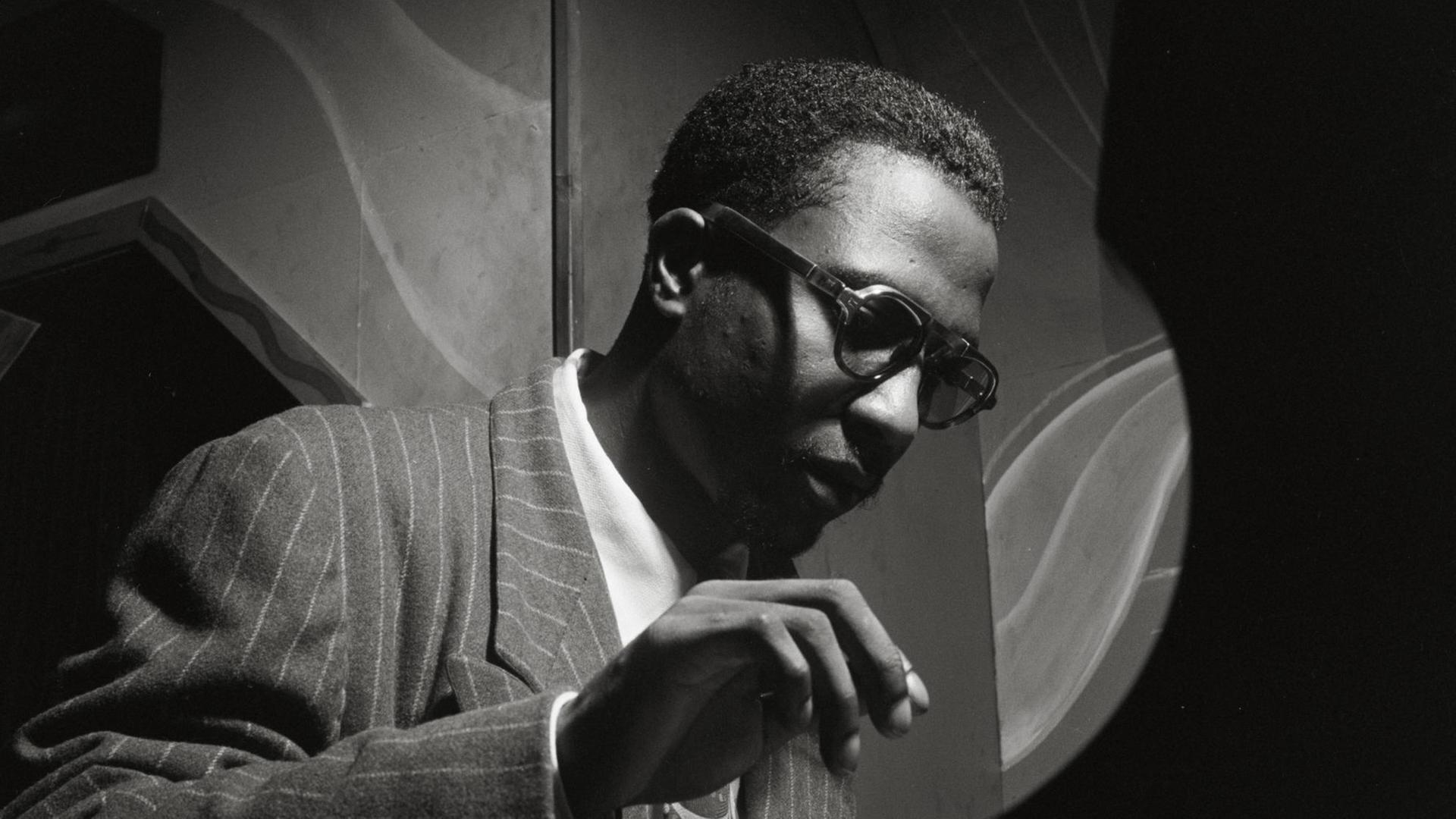

Pianist Fred Hersch, who recorded an album of Monk's music in 1997, says that Monk's compositions were an education in themselves.

The saxophonist Sonny Rollins called him a guru, and many others, including John Coltrane, benefited from even short stays in his band. By the time he recorded his debut as a band leader, in 1947, "'Round Midnight" was well-known, and other Monk tunes were in circulation among progressive jazz musicians. Monk is the most important composer to emerge from the bebop revolution of the '40s. He tried to find new ways of expressing feelings." "He didn't rest on a typical palette of that age. "It's the beauty of the harmonies and how the harmonies fit with the beauty of the melody and the timelessness of that whole creation," says Hancock. It's more like a map of those desolate hours. Monk's theme isn't just notes and chords. "He definitely captures the spirit of "Round Midnight,'" says Herbie Hancock, who played the tune frequently with trumpeter Miles Davis in the 1960s. But few of its composers ever managed to capture that last call feeling, and none did it quite like Thelonious Monk. Jazz is often romanticized as the sound of the city at night when the bustle has died down and there's time for introspection. And "'Round Midnight" has since become an enduring classic. But within a few years, Monk would emerge as a great jazz innovator, among those responsible for the birth of bebop in the 1940s. It was early in his career when Monk was composing in obscurity. Thelonious Monk probably wrote "'Round Midnight" in 1938, though nobody knows for sure.


 0 kommentar(er)
0 kommentar(er)
